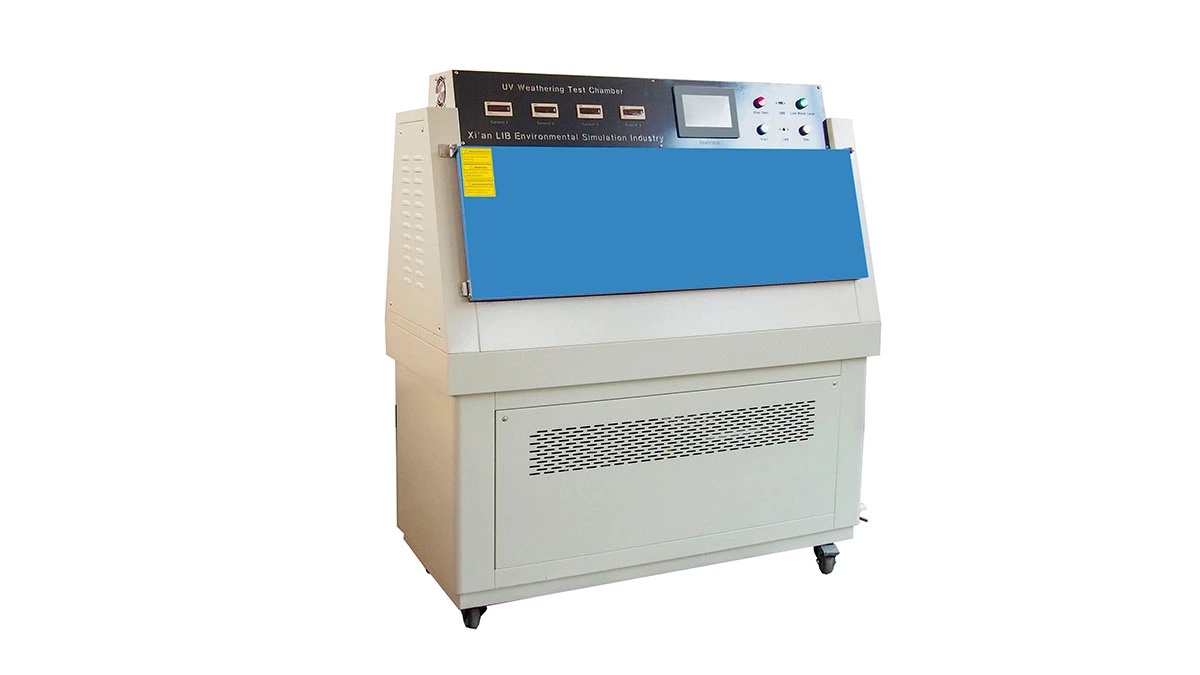

With the rapid advancement of technology, semiconductor devices are increasingly applied in fields such as electronics, communications, automotive, and aerospace. Temperature test chambers play a vital role in semiconductor reliability testing, and their importance cannot be overlooked. This article will delve into the specific functions and applications of temperature test chambers in semiconductor reliability testing.

Semiconductor devices generate heat during operation, and if heat is not dissipated promptly, the temperature can rise, affecting device performance and lifespan. Temperature test chambers can simulate different operating temperature environments to test the thermal stability of devices at high temperatures.
For example, placing a device in a 125°C environment allows observation of changes in performance parameters such as current, voltage, and frequency. If the device operates normally under high temperatures with stable performance parameters, it indicates good thermal stability.

Many semiconductor devices are used in cold regions or in applications that operate in low-temperature environments, such as aerospace, polar research, and outdoor communication equipment. In these scenarios, ensuring the cold start capability of semiconductor devices is essential, such as their ability to start and perform at -40°C.
By applying power and input signals, one can observe whether the device can start normally and record parameters such as startup time, current, and voltage. After startup, performance testing, including functional and electrical parameter tests, is conducted to ensure the device meets performance requirements in low temperatures.

3、Temperature Shock Testing
Temperature shock testing for semiconductor devices is typically conducted using specialized thermal shock test chambers. During testing, devices are placed inside the chamber, where the temperature is controlled to simulate varying temperature environments. Rapidly changing temperatures from high to low and back again tests the device's adaptability to temperature fluctuations and checks for issues such as package cracking or solder joint loosening.
Throughout the testing process, careful observation of the device's appearance and electrical performance is necessary, with data being recorded. After testing, a detailed analysis of the data is conducted to evaluate the device's performance and reliability.
 English
English русский
русский français
français العربية
العربية Deutsch
Deutsch Español
Español


